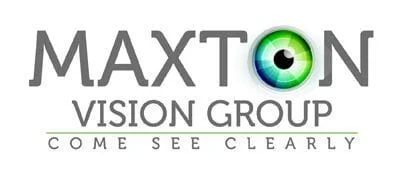Glare and halos are both eye symptoms that some people experience around bright lights. Halos show up as bright circles around a light source. Glare is light that interferes with your vision, making it difficult to see or sometimes making your eyes water. These symptoms can show up at any time of the
Read more

Vision problems can turn ordinary pursuits such as driving or reading into an impossible task. Damage to sensitive components of the eye, congenital abnormalities in the shape of the eye, or age-related changes can all contribute to vision loss. Since vision loss can be a gradual process, regular eye exams and vision screenings should be a part of every individual's personal wellness routine.
Vision problems may manifest themselves as any of the following disorders (among others).
-
Glare and Halos
Category: Vision Problems
-
Peripheral Vision Loss
Category: Vision Problems
Normal sight includes central vision (the field of view straight ahead) and peripheral vision (the field of view outside the circle of central vision). The inability to see within a normal range of view often indicates peripheral vision loss. In severe cases of peripheral vision loss, individuals only
Read more -
Amblyopia
Category: Vision Problems
Amblyopia, commonly called lazy eye, refers to the improper development or significant loss of vision in an eye. It occurs when the brain does not acknowledge the images seen by the amblyopic eye. Amblyopia Causes Amblyopia occurs when an individual cannot use binocular vision (both eyes working together)
Read more -
Blurry Vision
Category: Vision Problems
There are many potential causes for blurry eyes. The answer to why you have blurry vision is best answered by your eye care professional, who can offer diagnosis and prompt treatment so that your vision does not get worse. Some conditions that cause blurry vision are easy to treat, but others require
Read more -
Double Vision
Category: Vision Problems
Double vision, also known as “seeing double” or the medical term diplopia, is the perception of two images of a single object. This occurs when two nonmatching images are sent to the part of the brain that processes visual input. Over time, the brain eventually begins to compensate for this misinformation
Read more -
High Order Aberrations
Category: Vision Problems
In an ideal world, everyone would have perfectly-shaped eyes. The reality, however, is that practically every eye has some form of aberration somewhere in it. These aberrations may or may not cause vision problems, but don't be too surprised if your eye doctor informs you that you are having difficulties
Read more -
Hyperopia (Farsightedness)
Category: Vision Problems
An eye condition affecting roughly 50 percent of individuals who need glasses, hyperopia (commonly called farsightedness) is characterized by difficulty focusing on nearby objects while being able to see objects at a distance properly. Hyperopia occurs when your eyeball is too short or when your cornea
Read more -
Myopia (Nearsightedness)
Category: Vision Problems
Myopia, commonly called nearsightedness, is a refractive error of the eye, meaning that the shape of the eye or its cornea improperly bends light as it enters the eye. This hinders your ability to focus. Myopia is the most common refractive error of the eyes, and is caused by several factors including
Read more -
Ocular Migraine
Category: Vision Problems
The name conjures up pain, but ocular migraines are less about headaches and more about a vision problem. Ocular migraines are temporary visual disturbances that can last up to 30 minutes. This condition can affect one eye or both eyes simultaneously. An ocular migraine does not typically cause pain
Read more
